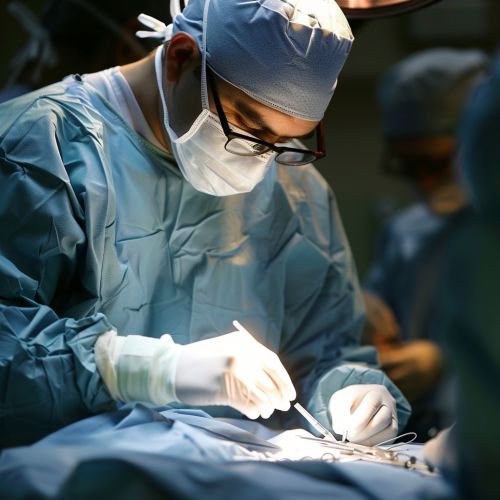Allogeneic Transplant
Overview
An allogeneic transplant, also known as an allograft, is a medical procedure where cells, tissues, or organs are transferred from one person to another. This form of transplantation is a common treatment for various types of blood disorders, including leukemia, lymphoma, and multiple myeloma. The procedure involves the transplantation of healthy stem cells from a donor to a recipient, with the aim of replacing the recipient's diseased or dysfunctional cells.


Types of Allogeneic Transplants
There are several types of allogeneic transplants, each with its own specific indications, benefits, and risks. The type of transplant selected depends on several factors, including the patient's overall health, the type and stage of the disease, and the availability of a suitable donor.
Related Donor Transplants
In a related donor transplant, the stem cells are harvested from a blood relative, usually a sibling. This type of transplant has the highest success rate because siblings have a 25% chance of being a perfect match in terms of Human Leukocyte Antigen (HLA) typing.
Unrelated donor transplants involve the use of stem cells from a donor who is not related to the patient but has a matching or near-matching HLA type. These donors are usually found through national and international bone marrow registries.
Umbilical Cord Blood Transplants
Umbilical cord blood transplants use stem cells harvested from the umbilical cord blood of a newborn baby. These cells are immature and have a higher tolerance for HLA mismatches, which makes them a viable option for patients who cannot find a suitable related or unrelated donor.
Procedure
The allogeneic transplant procedure involves several stages, including pre-transplant evaluation, conditioning, transplantation, and post-transplant care.
Pre-transplant Evaluation
The pre-transplant evaluation involves a thorough assessment of the patient's overall health and the status of their disease. This stage also includes the identification and evaluation of potential donors.
Conditioning
Conditioning is the process of preparing the patient's body for the transplant. This typically involves high-dose chemotherapy and/or radiation therapy to destroy the patient's diseased bone marrow and make room for the new stem cells.
Transplantation
The transplantation stage involves the infusion of the donor's stem cells into the patient's bloodstream. The stem cells then travel to the bone marrow, where they begin to produce new, healthy blood cells.
Post-transplant Care
Post-transplant care focuses on preventing and managing complications, such as graft-versus-host disease (GVHD), infections, and organ damage. This stage also involves regular monitoring of the patient's health and the function of the transplanted cells.
Risks and Complications
While allogeneic transplants can be life-saving, they also carry significant risks and potential complications. These include GVHD, infections, organ damage, infertility, and secondary cancers. The risk of complications varies depending on several factors, including the patient's overall health, the type of transplant, and the degree of HLA matching between the donor and the recipient.
Future Directions
Research in the field of allogeneic transplantation is ongoing, with scientists exploring ways to improve the safety and effectiveness of the procedure. This includes the development of new conditioning regimens, strategies to prevent and treat GVHD, and techniques to enhance the engraftment of the transplanted cells.
